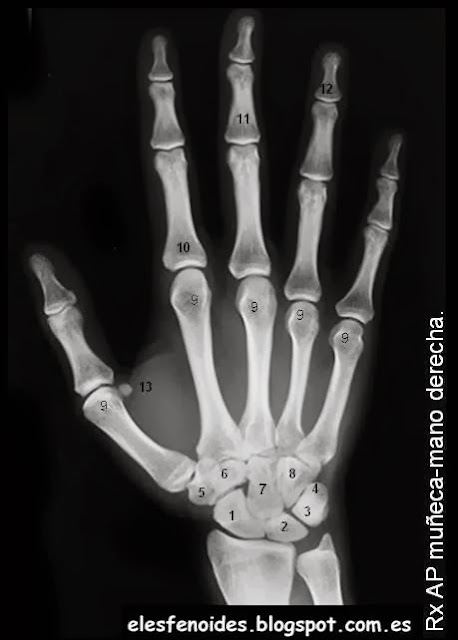Have you ever stopped to consider the intricate movements your hands perform every day? From the simplest tasks like holding a cup to the complex dexterity required for playing a musical instrument, our hands are capable of an astounding range of motion. This intricate dance of movement is made possible by the complex structure of bones within our hands and wrists – a framework so ingenious that it has fascinated scientists and artists for centuries.
The human hand, a marvel of evolutionary engineering, is composed of 27 bones, intricately connected by a network of joints, ligaments, and tendons. These bones can be broadly classified into three groups: the carpals (wrist bones), metacarpals (palm bones), and phalanges (finger bones). The wrist, acting as the bridge between the hand and the forearm, comprises eight small, irregularly shaped bones arranged in two rows. These carpal bones, bound together by ligaments, provide the wrist with flexibility and a wide range of motion.
The evolutionary journey of the human hand is a fascinating tale, stretching back millions of years. The earliest ancestors of humans, much like our primate cousins today, possessed hands adapted for grasping branches and climbing trees. Over time, as our ancestors transitioned to a more terrestrial lifestyle, their hands underwent significant adaptations. The development of an opposable thumb, a unique feature that allows us to bring the thumb in contact with the other fingers, was a pivotal moment in human evolution. This adaptation allowed for a more precise grip, paving the way for the development of tool use and, ultimately, the complex civilizations we see today.
The importance of the hand and wrist bones in our daily lives is undeniable. These bones provide the structural framework for our hands, enabling us to perform a wide array of activities, from writing and typing to cooking, painting, and playing sports. The flexibility and strength provided by these bones allow us to interact with our environment in countless ways, making them essential for our physical well-being and our ability to work, create, and express ourselves.
However, the intricate structure of the hand and wrist also makes them susceptible to injuries and conditions. Fractures, sprains, arthritis, and carpal tunnel syndrome are just a few examples of common issues that can affect the hand and wrist, often leading to pain, stiffness, and impaired function. Understanding the structure and function of these bones is crucial for recognizing, preventing, and treating these conditions effectively.
While we often take the intricate workings of our hands for granted, appreciating the complex interplay of bones, muscles, and nerves that govern their movement can inspire a sense of wonder. The human hand, with its remarkable dexterity and adaptability, stands as a testament to the incredible capabilities of our bodies and the intricate evolutionary journey that has shaped who we are today.
Huesos De La Mano Derecha - The Brass Coq
Lengua macarrónica clérigo Scully articulacion muñeca anatomia - The Brass Coq
Huesos De La Mano - The Brass Coq
Huesos De La Anatomía De La Mano Y De La Muñeca Ilustración del Vector - The Brass Coq
Neuheit hauptsächlich elegant huesos de la mano y muñeca Körperzelle - The Brass Coq
Falanges de la mano: Anatomía y función - The Brass Coq
Los Huesos De La Mano Y Sus Partes - The Brass Coq
tornillo Clip mariposa Descolorar anatomia de la muñeca Ardilla Betsy - The Brass Coq
huesos de la mano y muñeca - The Brass Coq
Mano Y Muñeca: Huesos, Músculos, Arterias Y Nervios, 42% OFF - The Brass Coq
Huesos De La Mano - The Brass Coq
Muñeca y mano - The Brass Coq
el cuerpo humano y sus partes MUSCULOS DE LA MANO - The Brass Coq
Esqueleto de la mano derecha (Visión superior) El esqueleto humano 1995 - The Brass Coq
Los huesos de la mano y de la muñeca Fotografía de stock - The Brass Coq
.jpg)




:watermark(/images/watermark_5000_10percent.png,0,0,0):watermark(/images/logo_url.png,-10,-10,0):format(jpeg)/images/overview_image/2097/XLw0hidBOjn8noj2xhJX4w_hand-bones-and-ligaments_spanish.jpg)








